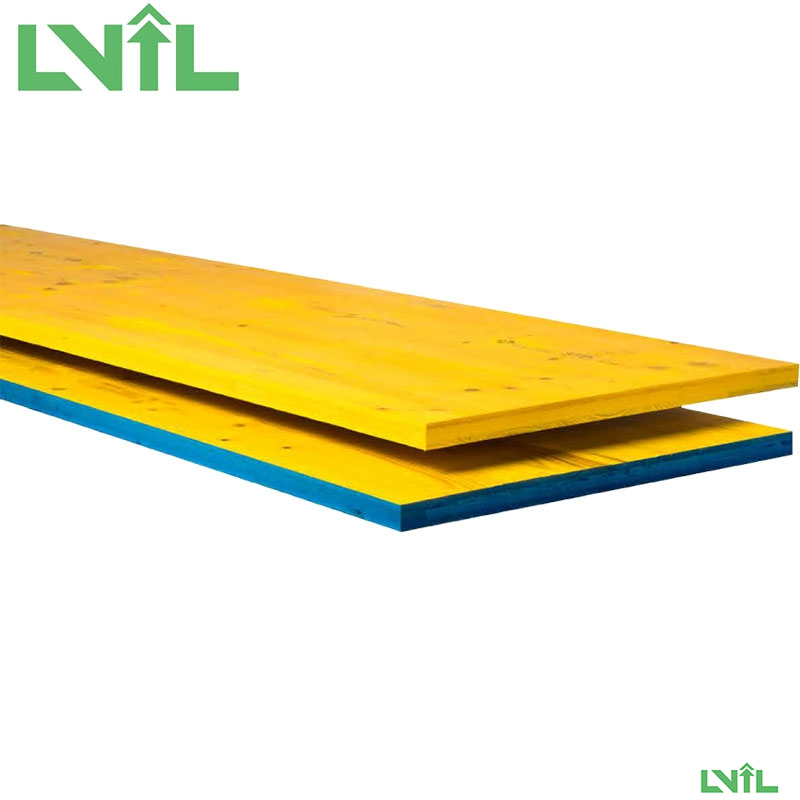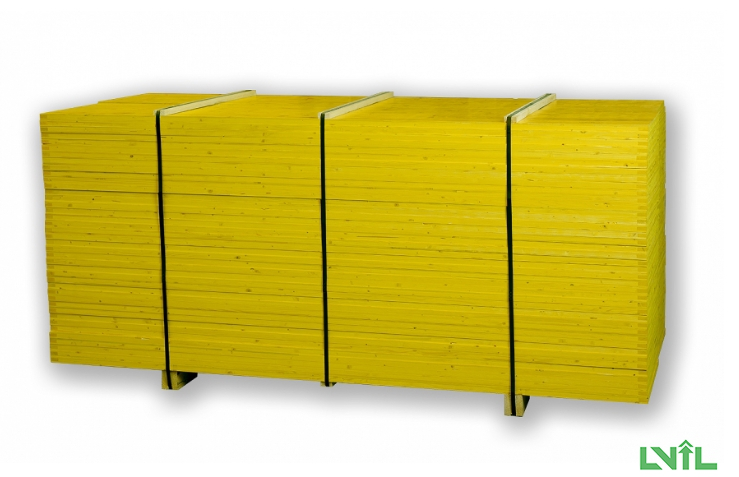Melamine particle board are crafted through a process involving melamine resin, initially an organic compound that undergoes polymerization to become a robust and durable plastic material. Essentially, melamine is a chemical compound derived from an organic base and acts as a trimer of cyanamide. Copyright © RAINFOREST WOOD CO.,LTD. All Rights Reserved.
Melamine Laminate is typically resistant to stain, heat, and fire. It’s moisture and scratch-resistant and can be found in many colors, patterns, sizes, and thicknesses making it ideal for particleboard, plywood, or MDF applications. Melamine is more like small pieces of wood (particleboard) glued and pressed together and covered with a plasticized coating. Vietimber

Powered by Vietimber
The term "melamine" finds extensive application not only in cabinet construction but also in various other industrial sectors unrelated to construction. RAINFOREST WOOD CO.,LTD
For instance, melamine laminate serves as a key material not only in crafting woodworks such as shelves and cabinets but also in the resin utilized for Formica and other laminated countertops commonly found in kitchens. Powered by Vietimber
Moreover, melamine is widely employed in the manufacture of floor tiles. Melamine tile floors offer enhanced glossiness, scratch resistance, reduced susceptibility to staining, and easier maintenance compared to porcelain or stone alternatives. Importantly, they also tend to be more cost-effective.
Given the glossy finish of melamine-coated boards and their ability to resist surface scratches, melamine proves to be an excellent material for the production of whiteboards. Copyright © RAINFOREST WOOD CO.,LTD. All Rights Reserved.
Melamine engineered products are often more budget-friendly while maintaining reliability. Copyright © RAINFOREST WOOD CO.,LTD. All Rights Reserved.
Melamine boards boast a consistent surface that is highly durable and resistant to scratches, stains, heat, and fire. www.vietimber.com
The waterproof nature of typical melamine surfaces allows for easy cleaning with soap and water.
https://www.vietimber.com
Many prefer the absence of wood grain in melamine boards, especially those seeking solid-colored cabinets, as melamine is readily available pre-finished in various colors. www.vietimber.com
It offers a smooth finish, ready for use with minimal construction waste.
Cutting melamine is relatively straightforward with the right equipment, such as a saw with a scoring unit or CNC routers, which help prevent chipping. Proper material support during cutting reduces the risk of breakage. Vietimber
Melamine boards are prone to bending and warping under heavier loads.
Powered by Vietimber
Due to its composite composition, melamine material tends to be heavy.
Melamine boards are manufactured using glues that can emit Volatile Organic Compounds (VOCs), which, according to the United States Environmental Protection Agency, may have adverse health effects in both the short and long term.
https://www.vietimber.com

Melamine board offers distinct advantages when compared to plywood. While plywood board is known for its strength and natural wood grain appearance, melamine board provides a cost-effective alternative with increased durability and moisture resistance. It offers a wide range of attractive finishes, allowing for diverse design options.
Moreover, melamine board demands minimal upkeep and exhibits lower susceptibility to warping or delamination when contrasted with plywood. These attributes have propelled melamine board to become a preferred option in furniture production, especially when factors like durability, cost-effectiveness, and aesthetic appeal are pivotal. Although plywood possesses its own strengths, the benefits of melamine board render it an enticing choice for furniture designers and manufacturers aiming for a versatile and pragmatic material.
Vietimber
Fiberboards, particularly MDF board (Medium Density Fiberboard), offer a cost-effective option for those looking to outfit modern kitchens, bathrooms, and interior furniture.
Vietimber
This material is composed of numerous wood fibers mixed with wax and resin under high pressure and temperature conditions.
Fiberboards available in the market are classified based on their densities, which are determined by the levels of temperature and pressure during manufacturing. Consequently, HDF (High Density Fiberboard) requires higher levels of pressure and temperature compared to MDF. www.vietimber.com
In summary, MDF falls in between HDF and particleboard in terms of density, with particleboard having the lowest density and exhibiting larger wood grains.
Melamine is a popular plastic material widely used by modern cabinet builders. It can be applied as a laminate onto substrates such as plywood or particleboard, or it can be incorporated into the construction of kitchen cabinets, particularly when combined with MDF or particleboard. These substrates, made from wood chips, are used to form High Pressure Laminate (HPL) or Thermally Fused Laminate (TFL). Consequently, direct comparisons between melamine and MDF or particleboard can be challenging.
Copyright © RAINFOREST WOOD CO.,LTD. All Rights Reserved.
One of the key advantages of melamine is its durability and high resistance to scratches, along with its extensive range of colors and patterns. This versatility makes melamine fused with plywood arguably one of the most sustainable options for cabinetry. Vietimber